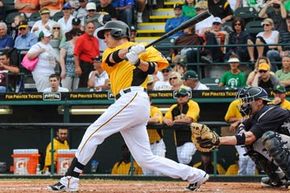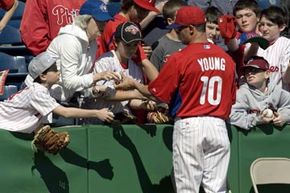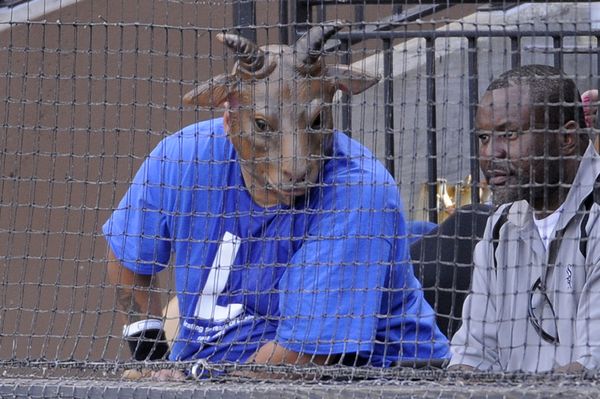It's late February in Pittsburgh, Penn., with the kind of early morning cold that turns your fingers numb in the 20-second walk from your front door to the car. As your plane takes off from Pittsburgh International Airport, you look down through a blanket of slate gray clouds at the snow-covered tundra below. Good-bye, winter, you smirk. Hello, spring training!
When the cabin door opens in Tampa, Fla., you can smell the ocean on the warm, sticky air. You are in the land of palm trees and white sand beaches and wearing flip-flops to dinner. For six glorious weeks, you will watch your beloved Pittsburgh Pirates play baseball in the cozy confines of McKechnie Field in Bradenton, Fla.
Advertisement
There's a game scheduled every single day from Feb. 22 through March 28 with the exception of two lonely Tuesdays (two doubleheaders more than make up for it) [source: Florida Grapefruit League]. The weather forecast — a breezy 77 degrees Fahrenheit (25 Celsius) and sunny. It's a great day for baseball.
The 2013 spring training season in Florida marked 125 years of professional preseason baseball in America. What began in the late 19th century as a way to get part-time players into shape after the offseason has become a lucrative tourist attraction that brings hundreds of millions of dollars to the Florida and Arizona economies annually.
Spring training is beloved by fans, but has its share of critics among baseball writers and many players themselves. Do today's professional athletes really need six weeks of "tuning up" to get back into playing shape? And do broadcasters and sports journalist really need to camp out in towns like Jupiter, Fla., and Surprise, Ariz., to send back thrilling footage of players stretching in the sun and 1-0 contests between glorified minor leaguers?
Let's start with a look at the reasons why spring training exists in the first place.
Advertisement



